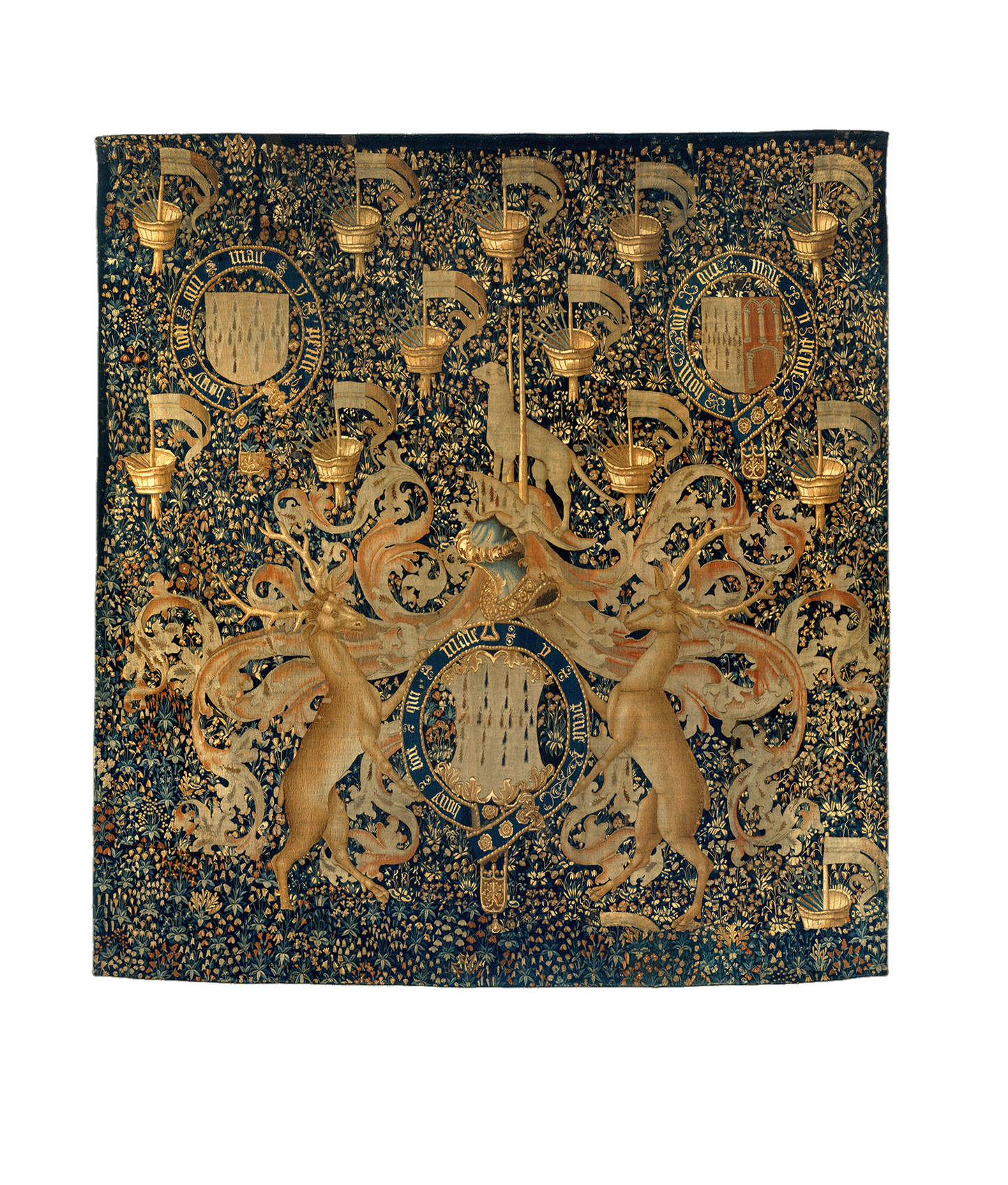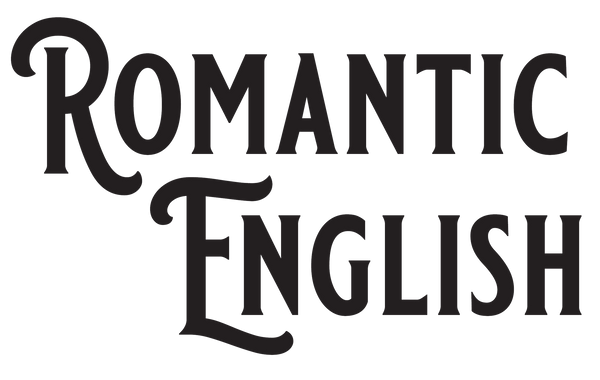Romantic English
Hufflepuff Common Room Tapestry AKA Armorial Bearings and Badges of John Lord Dynham RE653805
Hufflepuff Common Room Tapestry AKA Armorial Bearings and Badges of John Lord Dynham RE653805
Couldn't load pickup availability
The Tapestry with Armorial Bearings and Badges of John, Lord Dynham is an exquisite example of late medieval tapestry art, rich in heraldic symbolism and historical significance. John Dynham, 1st Baron Dynham (circa 1433–1501), was an English nobleman who served as Lord High Treasurer of England under King Henry VII. This tapestry would have been commissioned to reflect his status, achievements, and lineage.
Description and Heraldic Significance
This tapestry likely features the armorial bearings (coats of arms) and badges associated with John, Lord Dynham. Armorial bearings were a key element of medieval heraldry, serving as a visual representation of a noble family's identity, lineage, and alliances. The tapestry would display Lord Dynham's coat of arms, which typically included a shield with heraldic symbols, often accompanied by a helmet, crest, and possibly a motto. These elements were designed not only to identify the individual but also to convey power, prestige, and familial heritage.
Badges, another significant element, were symbols or emblems that identified a person or family, often used by retainers and supporters as a mark of allegiance. In this tapestry, the badges of Lord Dynham would be prominently displayed, further emphasizing his noble status and his connections to the ruling powers of the time.
Historical and Cultural Context
John Dynham was a significant figure during the turbulent period of the Wars of the Roses, and his loyalty to the Tudor dynasty was rewarded with his appointment as Lord High Treasurer. The tapestry likely served both a decorative and a political purpose, proudly proclaiming his allegiance and status in the complex web of medieval English politics.
Tapestries like this one were not only works of art but also symbols of power and authority. They were often displayed in castles and great halls, where they would impress visitors and reinforce the owner's social standing. The intricate weaving and detailed heraldry would have been designed to communicate both the history and the ongoing legacy of the Dynham family.
Artistic Value
The tapestry's artistic value lies in its detailed craftsmanship and the complexity of its design. Heraldic tapestries required a high level of skill to accurately depict the intricate symbols and ensure that the colors and patterns adhered to strict heraldic rules. The vibrant colors, precise weaving, and heraldic accuracy all contribute to the tapestry's significance as both an artwork and a historical document.
Today, such tapestries are treasured not only for their beauty but also for the insight they provide into the medieval world. They offer a glimpse into the lives of the nobility, the importance of heraldry, and the ways in which art was used to communicate power and prestige.
RE653805
Share


